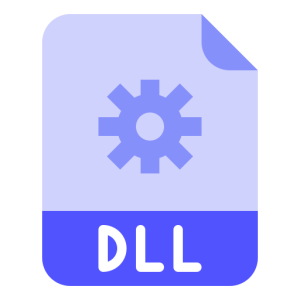Description
API.DLL is a dynamic link library (DLL) file that provides an Application Programming Interface (API) for software applications. The DLL contains a set of functions, routines, and resources that allow developers to access specific functionalities and services provided by the operating system or other software components. It acts as an intermediary between applications and the underlying system, enabling seamless interaction and communication between them.
This library plays a crucial role in enabling software developers to build applications that can leverage the capabilities of the operating system or other software components through a standardized interface. By using the functions and resources provided by the API.DLL, developers can easily access system features, perform tasks, and integrate their applications with other software components.
API.DLL is commonly used in a variety of software applications, including desktop applications, web applications, and mobile apps. It serves as a bridge that allows applications to make use of the underlying system’s functionalities without having to understand the intricate details of the system or other software components.
Purpose and Functionality
The primary purpose of API.DLL is to provide a standardized interface for applications to access specific functionalities and services. Its functionality can vary depending on the specific API it implements. Some common functionalities and services provided by API.DLL include:
- File and Directory Operations: API.DLL may provide functions for creating, deleting, copying, and accessing files and directories. This allows applications to perform file-related operations without having to directly interact with the operating system.
- Networking: API.DLL may include functions for network communication, such as sending and receiving data over the internet. This enables applications to establish network connections, transfer data, and interact with remote services.
- User Interface: API.DLL may offer functions and resources for creating and manipulating graphical user interfaces (GUIs). This allows developers to design interactive and visually appealing interfaces for their applications.
- Hardware Interaction: API.DLL may provide functions for interacting with hardware devices, such as printers, scanners, or audio devices. This enables applications to utilize the capabilities of the hardware and perform tasks like printing documents or capturing audio.
Common Use Cases
API.DLL is widely used in software development for various purposes. Some common use cases for API.DLL include:
- Integration with External Services: Applications often rely on API.DLL to integrate with external services, such as social media platforms, payment gateways, or cloud storage providers. The API provided by the DLL allows developers to authenticate users, access data, or perform actions specific to the service.
- System Integration: API.DLL is commonly used to access system functionalities not directly available through the application’s programming language. This includes tasks like accessing the registry, managing processes, or querying system information.
- Customization and Extensions: Developers can create plugins or extensions for their applications using API.DLL. The API allows these plugins to interact with the application, access its resources, and extend its functionality without modifying the core application code.

